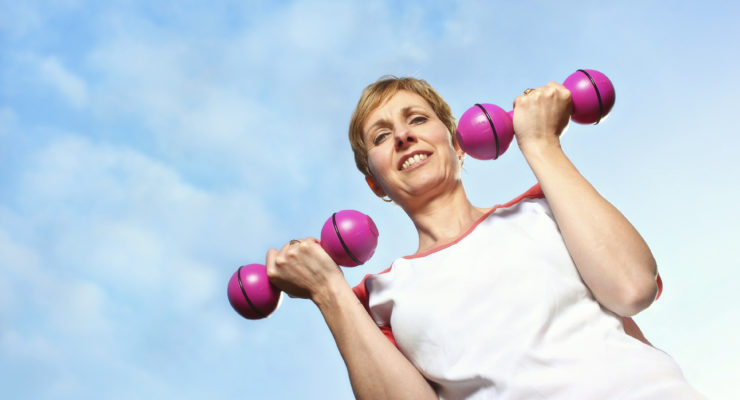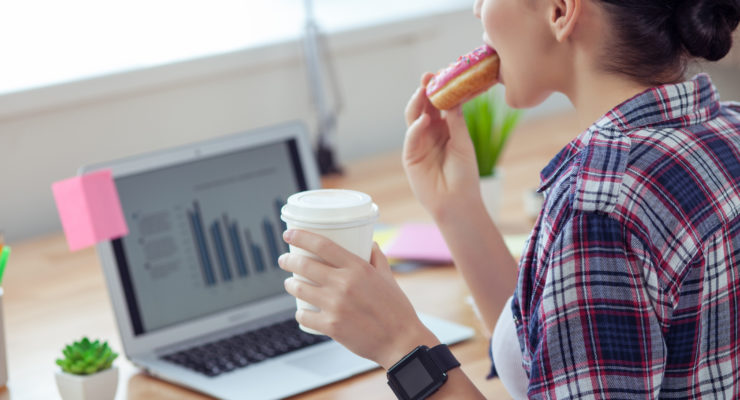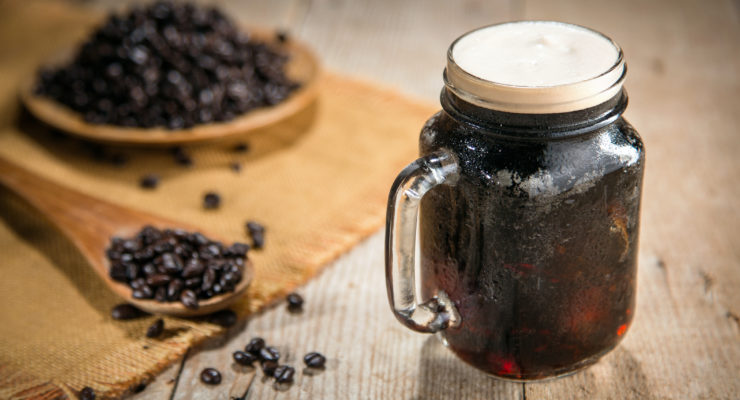7 Surprising Sources of Caffeine
Caffeine—it’s America’s favorite buzz. About 85 percent of us consume at least one caffeine-containing beverage a day and it’s mostly coffee, according to a 2014 study in the journal Food Chemistry and Toxicology. For most people, it’s a harmless high. In fact, according to Harvard Health, when consumed in a food or beverage made from a plant where caffeine naturally occurs (like coffee, tea and chocolate), it might even play a role in conferring some health benefits, such as lower risk of some kinds of cancer and protect against heart disease, though other chemicals are likely involved.
For other unfortunate folks, caffeine is a health problem. If you have high blood pressure, for instance, your pressure can rise after a cup of coffee or tea. For some people, even a little bit of the stimulant can cause jitteriness, anxiety and insomnia. Age and gender can play a role, according to a 2010 review of studies on caffeine’s effects published in the journal, Psychopharmacology.
The researchers found that some studies suggest that you may lose some of your tolerance to caffeine’s dark side as you age. Research also suggests that women are more susceptible to the stimulant’s effect on sleep than men. And you may inherit one or more genes that make caffeine more of a problem for you than it is for frequent denizens of Starbucks.
If you don’t have any ill effects from caffeine (and your doctor hasn’t advised otherwise), you can consume as much as 400 milligrams a day—that’s about three to five, eight-ounce cups of coffee—according to the Dietary Guidelines for Americans, 2015-2020, Eighth Edition, a joint project of the US Department of Health and Human Services and the Department of Agriculture.
If that much would have your loved ones or the barista scraping you off the ceiling, you’ll want to scale back. But that’s the tricky part. It’s not always easy to tell how much of the stimulant you’re consuming. If you’re watching your caffeine intake, size matters. A “cup” at a coffee shop isn’t always technically a cup (eight ounces). At a popular coffee shop, for example, you need to order a “short” to get a real cup.
And caffeine isn’t just in coffee, tea, hot chocolate, cola and energy drinks. It’s in places where you’d least expect it.
Here are seven sneaky sources of caffeine you’d never suspect:
1. Decaffeinated coffee

What? Yes, even your decaf has caffeine. The process of removing coffee’s caffeine can leave a little of the stimulant behind—anywhere from two to 12 milligrams, which is enough to interfere with your sleep, says the National Sleep foundation.
2. Chocolate desserts

You probably didn’t realize that cocoa beans contain caffeine—until your night time chocolate binge kept you wide-eyed and bushy-tailed for hours. Candy bars, chocolate cupcakes, pudding—anything containing real chocolate—has some caffeine. Darker chocolate generally contains more caffeine than milk chocolate—about 25-35 milligrams, which is roughly the same as a can of cola, according to the Center for Science in the Public Interest.
3. Non-cola soft drinks

You might not be surprised that your cola drink has caffeine, but it might be news to you that your root beer does, too. One popular brand contains 38 milligrams, according to the Center for Science in the Public Interest.
4. PMS meds

Some products designed to ease menstrual bloating, fatigue and pain contain as much as 60 milligrams of caffeine, which gives you a lift and acts as a mild diuretic. If you’re caffeine sensitive, look for the same product that’s now made without caffeine.
5. Non-prescription pain relievers

If you get a headache—particularly a migraine, caffeine can be your best friend. Before a headache, blood vessels tend to enlarge, explains the National Headache Foundation. Caffeine is a “vasoconstrictor,” meaning it causes blood vessels to narrow and restrict blood flow which can ease the pain. In fact, studies have found that when you take drugs containing this stimulant, pain relief can be increased by 40 percent. One drug, Excedrin Extra Strength, contains 130 milligrams of caffeine per dose (two tablets). Excedrin Migraine contains 65 milligrams while Anacin contains 32. Other pain relievers contain no caffeine at all. Make sure to read the label.
6. Some over the counter (OTC) diuretics and water pills

Label-reading is in order, particularly if a brand claims to also reduce fatigue. One over-the-counter water pill contains about 100 milligrams of caffeine, about the amount in an eight-ounce cup of brewed coffee or a one-ounce energy shot, according to the Mayo Clinic.
7. Energy water

Energy from water? Sounds perfect. But, like many products that promise you instant energy, energy water generally contains caffeine as well as vitamins and other natural additives. One energy water contains close to 100 milligrams of the stimulant, more than a cup of coffee.
Looking for a quick and easy start to your morning? Check out our delicious breakfast menu >
The post 7 Surprising Sources of Caffeine appeared first on The Leaf.
from The Leaf https://ift.tt/2LGN5iS








Post a Comment